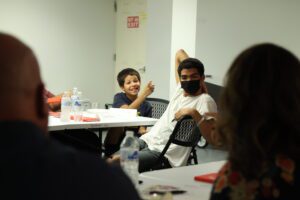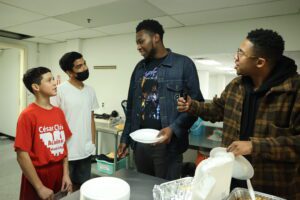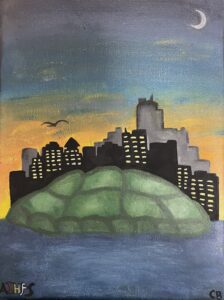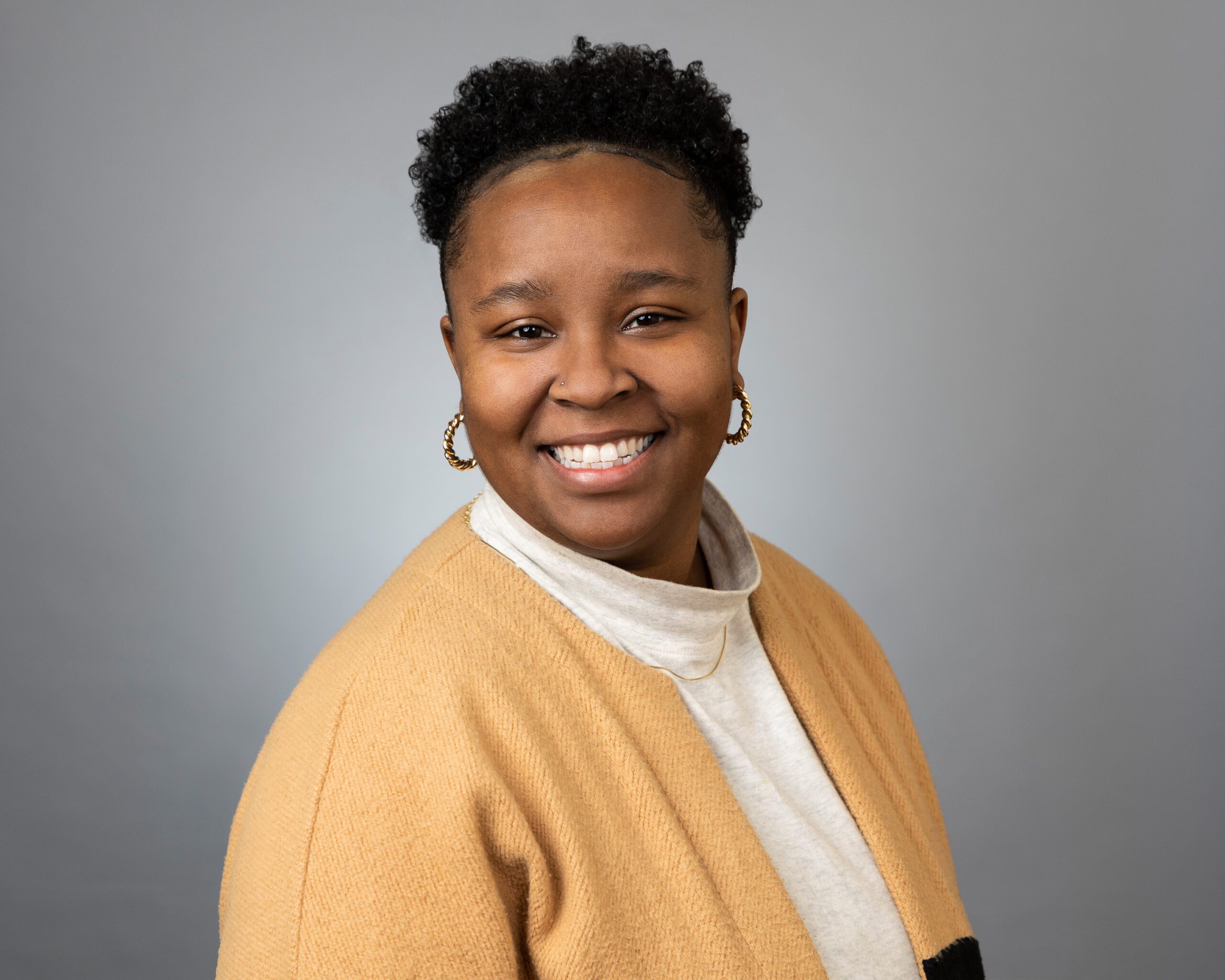
Blog
Who are you?: A reflection from conversation with American Indian Health and Family Services youth
When someone asks you who you are, you tell them. But what if you don’t know?
According to the Merriam Dictionary, identity is defined as the fact of being who or what, a person or thing. But knowing one’s own identity isn’t as straightforward as many would like to think.

On the evening of November 2nd, 2022, an intriguing conversation amongst The Skillman Foundation and the American Indian Health and Family Services youth took place. The very essence of identity was on the table for all to converse. Silence fell across the room as Angelique Power, the CEO of The Skillman Foundation, asked the question, “How do you identify?” That question echoed back and forth with puzzled faces all around. Not knowing how to answer such a foreign question, another question was offered to the youth, “What do your friends say you look like?”. One Native youth responded, “a white girl.” Others exclaimed, “They just call us mixed.” But no one outright said, “Native.” With some of the youth feeling disconnected from their Native identity because of their multiracial identity, it’s understandable why they wouldn’t know what to say. However, what caused eyes to widen around the room is when the youth harmoniously agreed that they tend to just go along with whatever racial status their peers presume of them.
And it’s not on purpose, it’s just the way it is given the setting. “Being Native is different when you attend schools predominately one race and you’re the other and you feel discriminated against,” an older youth said quietly. “I just want to be understood more than anything.”
“I don’t want to share with others that I’m Native because that’s my business,” one youth spoke out in a lighthearted yet serious manner.

“I don’t think about race though. I know I’m Blackfoot Indian, Black, and Mexican,” another youth stated.
“Being Native is different when you’re urban because you’re seen sometimes as less Native if you’re not from the Reservation,” a staff chimed in.
Here were multiple of reasons why the youth didn’t know how to answer a question pertaining to how they identify and multiple reasons why silence was the answer.
See, identity is more than what a person looks like. It’s about their culture. It’s all the things that make them who they are. For a few of the youth, their Native identities are still in discovery. Others know exactly what it means to be Native and the importance of knowing their history and culture–it’s just not as comfortable to share with strangers. More than anything, they all know the importance of sharing experiences and that being Native isn’t a one size fits all. Their cultural identity is a part of them and it is ever evolving.

Being Native is only one aspect of how these young people identify. They spoke about the music they listen to and the food they like to eat. They opened up about their personal interests such as playing basketball, going outside, and just being able to do more of the things they enjoy doing. They all might not know what an Indian taco is, or what tribe they’re affiliated with. Nevertheless, they do all know what it means to live in the “D”, they know what it’s like to have a Faygo pop and Better Made potato chips. They might not know what tribe the Dream Catcher originated from but they do know what it’s like to attend schools that are not adequately funded and are over populated. They might not know how to fully identify with being Indian but they do know how to identify with being urban.
So, when someone asks you who you are, you tell them. You tell them what you know.

Thank you, Skillman Foundation, for taking the time to meet with AIHFS youth. This article gives our community a lot of information on how our young ones perceive themselves. it is nice to be seen & heard.